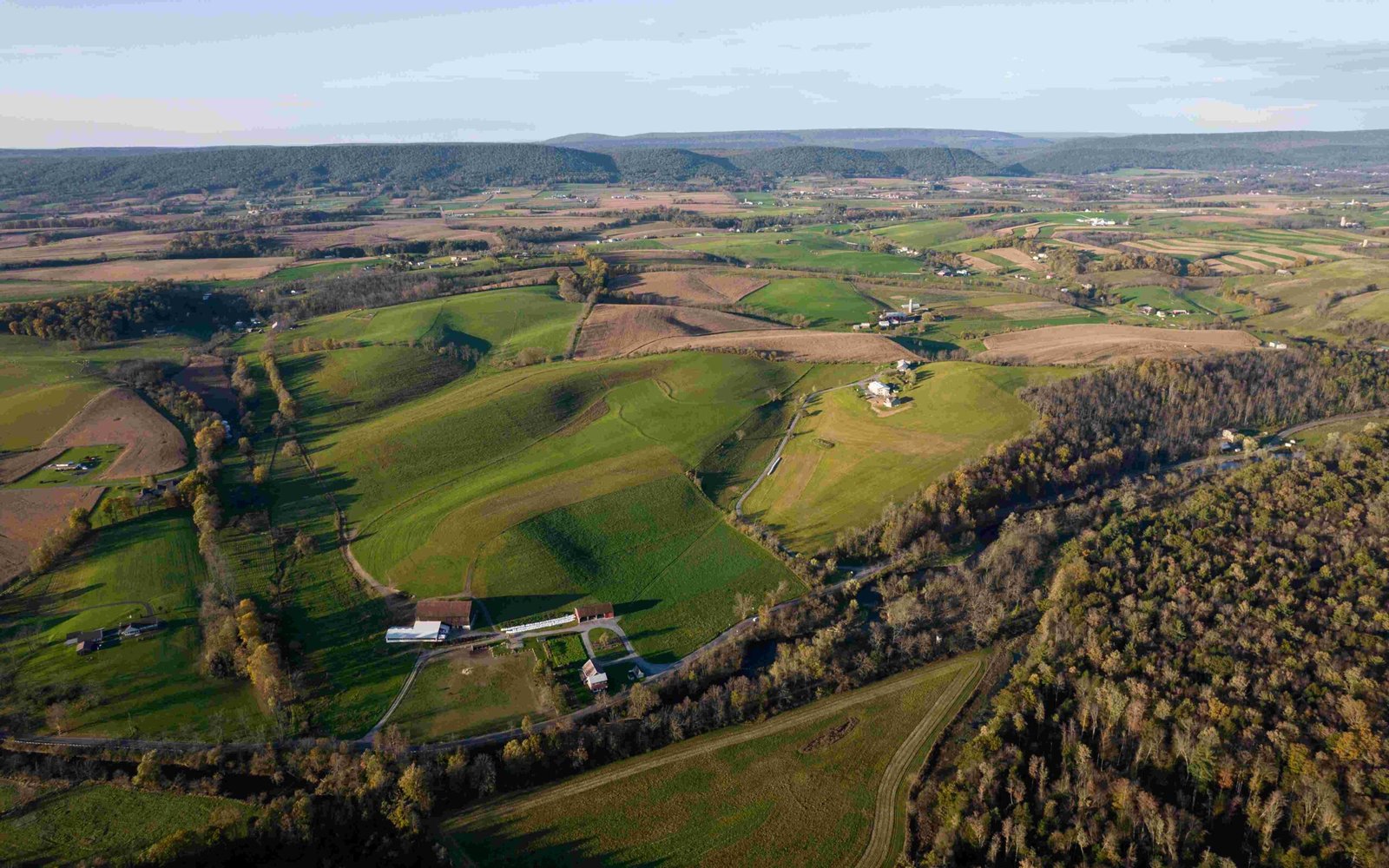The Appalachian Trail represents an extraordinary testament to America’s wilderness spirit, stretching 2,197 miles through 14 states from Georgia to Maine. This legendary hiking path offers adventurers an unparalleled journey through diverse landscapes, challenging terrains, and breathtaking natural environments, embodying the quintessential American exploration experience.
What Makes the Appalachian Trail Unique?

The Appalachian Trail is more than just a hiking route—it’s a living monument to wilderness preservation and human endurance. Spanning approximately 2,197.4 miles, this remarkable trail connects diverse ecosystems, cultural landscapes, and provides an immersive experience in America’s natural heritage.
Key Trail Statistics
| Attribute | Details |
|---|---|
| Total Length | 2,197.4 miles |
| Starting Point | Springer Mountain, Georgia |
| Ending Point | Mount Katahdin, Maine |
| States Traversed | 14 |
| Average Completion Time | 5-7 months |
How Did the Appalachian Trail Originate?

The trail’s conception dates back to 1921 when Benton MacKaye, a visionary conservationist, proposed creating a wilderness pathway connecting natural landscapes. By 1937, his dream became reality, marking a significant milestone in American outdoor recreation.
Trail Development Milestones
- 1921: Initial trail concept proposed
- 1937: Trail officially completed
- 1968: National Trails System Act provides federal protection
- 2024: Continuous improvements and maintenance ongoing
What Challenges Do Hikers Face?
Hiking the Appalachian Trail demands exceptional physical and mental preparation. Challenges include:
- Extreme elevation changes
- Unpredictable weather conditions
- Wildlife encounters
- Physical endurance requirements
- Navigation complexities
Where Are the Most Iconic Trail Locations?
Several remarkable locations define the Appalachian Trail experience:
- Clingmans Dome: Highest point at 6,643 feet
- McAfee Knob: Most photographed trail section
- Bear Mountain: Lowest elevation point at 124 feet
- Great Smoky Mountains National Park: Biodiversity hotspot
How Is the Trail Maintained?
The Appalachian Trail Conservancy (ATC) plays a crucial role in trail preservation through:
- Volunteer coordination
- Trail maintenance programs
- Conservation initiatives
- Educational outreach
- Sustainable trail management
What Environmental Impact Does the Trail Have?
The trail serves multiple environmental purposes:
- Preserves wilderness corridors
- Promotes biodiversity conservation
- Provides ecological research opportunities
- Raises environmental awareness
- Connects fragmented natural habitats
Who Can Hike the Appalachian Trail?
While challenging, the trail welcomes diverse hikers:
- Thru-hikers (complete entire trail)
- Section hikers (complete trail in segments)
- Day hikers
- Experienced backpackers
- Nature enthusiasts
What Preparation Is Needed?
Successful Appalachian Trail hiking requires:
- Physical conditioning
- Proper gear selection
- Navigation skills
- Emergency preparedness
- Mental resilience
How Can Someone Support the Trail?
Trail support opportunities include:
- Volunteering with trail maintenance
- Donating to conservation organizations
- Practicing Leave No Trace principles
- Participating in trail cleanup events
- Spreading awareness about trail preservation
Conclusion
The Appalachian Trail represents more than a hiking path—it’s a living symbol of American wilderness, adventure, and conservation. Each step along its winding route tells a story of natural beauty, human perseverance, and the enduring spirit of exploration.

